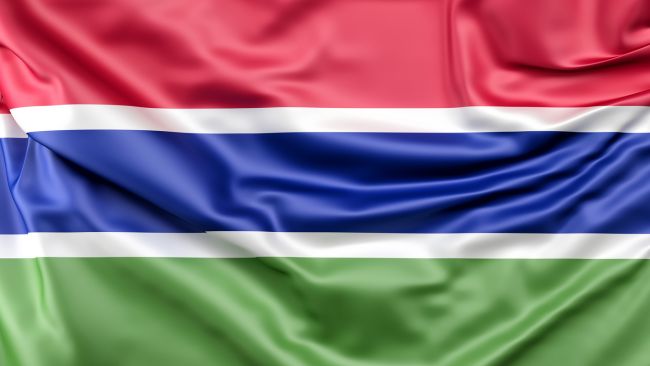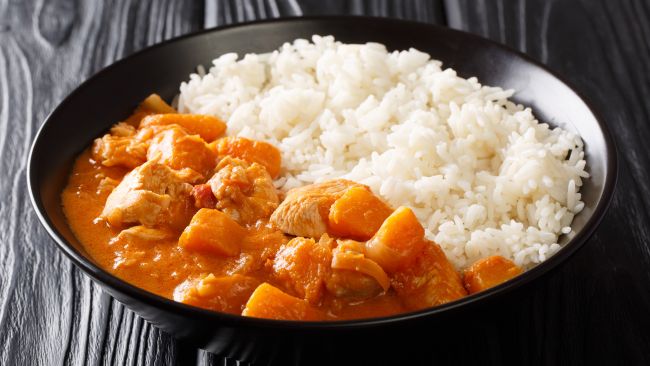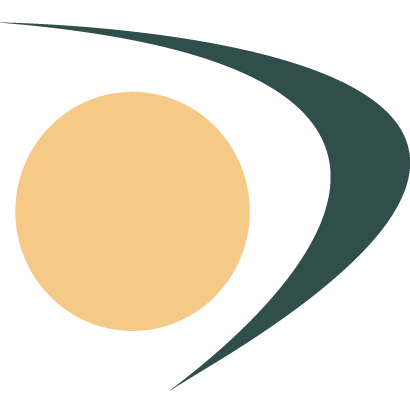Gambia Language and Culture

The Gambia is a West African nation surrounded by Senegal, except for its Atlantic Ocean coastline. It has an area of just 4,127 square miles and is the smallest country on the African continent. It has a population of around 1.9 million people from various ethnic groups. Each ethnic group in The Gambia has its own language and traditions. Mandinka is the largest ethnic group, followed by Fula, Wolof, and Jola. The Gambia is home to several languages, the most popular being Mandingo; English, Fula, Serer, and Jola are also spoken.
National and Local Languages of Gambia
 The Gambia’s official language is English. Like most former British colonies, English was adopted during the colonial period and has been maintained as the predominant teaching language in schools even in the post-colonial period. It is also used in trade and business. However, approximately 1,000 Gambians speak English as their first language, whereas 40,000 speak it as a second language. Given the country’s population of around 1.9 million people, the indigenous languages outnumber English. Some of the Indigenous languages are:
The Gambia’s official language is English. Like most former British colonies, English was adopted during the colonial period and has been maintained as the predominant teaching language in schools even in the post-colonial period. It is also used in trade and business. However, approximately 1,000 Gambians speak English as their first language, whereas 40,000 speak it as a second language. Given the country’s population of around 1.9 million people, the indigenous languages outnumber English. Some of the Indigenous languages are:
- Mandingo (Mandinka): Mandingo is the most widely spoken language in The Gambia, with approximately 38% of the people using it as a first language. It is the primary language of The Gambia and is mainly spoken by the Mandinka people. Mandingo is a Mende language related to Bambara and belongs to the Mandinka branch. Mandinka is often used in casual talks. However, in Mandinka-dominated regions, it is the predominant language of communication, even at public gatherings.
- Fula: 21% of Gambian people speak this language. Several dialects of Fula are spoken in more than 20 West and Central African nations. The people of The Gambia speak it as a second language, it is referred to as Pular or Pulaar by the Fula people. Although the Fula language is not officially recognized in The Gambia, it is acknowledged as one of the primary languages in the nation.
- Wolof: as a first language, Wolof is spoken by 18% of The Gambia’s population. The Wolof people are the predominant speakers. Wolof is another Senegambian language that originated with the Lebu people. Wolof dialects differ geographically as well as between rural and urban areas. Wolof is the native language of almost 75% of the people of Banjul, the Gambia’s capital. Despite the tiny number of ethnic Wolof in Serekunde, Gambia’s largest town, 70% of the population speaks and understands the language. Wolof, like Mandingo and Fula, is not taught in schools.
Religion in The Gambia
The Gambia has always been exceptionally accepting of all religious creeds and beliefs. While the nation is mainly Muslim, with up to 90% of the people embracing fundamental Islamic doctrines, it is essentially a secular society that takes pleasure in its open acceptance of all religions. The remaining 10% comprises Christians and a mix of regional traditional faiths.
Family Life in The Gambia
In The Gambia, the family is a vital social unit. It is male-dominated in nature and is primarily supported through the extended family structure. Traditionally, Gambian households are big; and three generations may live together, each with a separate duty. Individuals tend to take over as head of a Gambian home considerably later in life, around 40. It is uncommon to find grandparents living in their children’s homes because they are usually the head of their households.
Art and Architecture of The Gambia
The Kora is a string instrument that originated in The Gambia and combines lute and harp elements. It usually has 21 strings. It is a well-liked musical instrument in The Gambia and was formerly made from a gourd split in half and covered with cow leather to create a resonator. Some hotels in The Gambia provide Kora music during dinner, a beautiful, peaceful sound to help their visitors.
The Gambia National Museum, located in Banjul, includes a variety of anthropological collections, including artifacts, historical documents, and pictures. Wassu has a museum dedicated to Senegambia’s stone circles, named by the UNESCO World Heritage site in 2006.
Also, Gambians have a long history of dancing and playing music. Regular performances are conducted throughout the year but are most prevalent during the dry season and harvest. The musical performances of griots, or Wolof gewels, who are classic West African troubadour-historians, not only delight audiences but also help to maintain cultural traditions.
The Gambia Food
Peanuts, lemon, chili, fish, and tomatoes are frequent components in Gambian foods. Many of The Gambia’s most popular recipes use one or more ingredients. Most meals come with rice as a side. In The Gambia, most meals are served in a large bowl, and diners assemble around the dish to eat directly from the portion in front of them, usually with their right hand.
In The Gambia, breakfast usually consists of bread and jam, and supper is usually a light meal of fish or pork. Lunch is generally the major meal of the day, with substantial stews being particularly popular.
Typical Gambian foods are:
 Domoda (Peanut Stew): the national dish of The Gambia is domoda. This is made by combining rice, peanut sauce, a variety of vegetables, potatoes, and chicken or meat. The dish’s name is translated as “peanut sauce” in Mandinka.
Domoda (Peanut Stew): the national dish of The Gambia is domoda. This is made by combining rice, peanut sauce, a variety of vegetables, potatoes, and chicken or meat. The dish’s name is translated as “peanut sauce” in Mandinka.- Catfish stew, or chewi kong: the Gambian dish chewi kong is a rice-based stew cooked with catfish, onions, tomatoes, and other vegetables. Traditional Gambian stew is frequently served for dinner. Fish ball stew and other fish stews are also highly well-liked foods.
- Benachin (Gambian Jollof Rice): the term “Benachin” literally means “one pot” in Gambian, which refers to the cooking method. This meal is offered in numerous forms throughout The Gambia, including vegetarian and seafood versions. This one-pot rice dish combines rice, veggies, and meat. Benachin, often known as Gambian jollof rice, is a popular lunch or supper dish.
- Mbahal (Salted Fish): Mbahal is a spicy tomato sauce with peanuts, okra, and black-eyed peas. This dish is named after the term “boiling” and has a similar texture to rice. Mbahal family recipes vary somewhat, with various spice blends and veggies utilized.
Gambia Fashion
Long, free-flowing robes for men and women are essential to traditional dress in The Gambia. Grandmuba, or a grandmuba that reaches the wrists and feet, is a typical style worn by women. Malan, or an underskirt made of a few meters of fabric wrapped around the waist, is frequently worn with grandmubas.
When out in public, women are more likely to be seen in traditional attire (a top and skirt made of brightly colored cloth and head covers) than in Western attire. However, many businesswomen may wear Western-style dresses with an African flair. Young women and girls, like males, wear American-style attire more frequently than elderly ladies. For momentous events such as weddings or naming ceremonies, both men and women typically forego plain cotton in favor of African clothes composed of vibrantly colored and embroidered fabric, sometimes interlaced with strands of shimmering threads.
Common Gambian Language Expressions and Their Translations
| English | Mandika | Wolof |
|---|---|---|
| Good evening | I Wuraara | Jamangen Enddu |
| Goodbye | Fo Waati Koteng | Ci Jamma |
| Today | Bee | Tey |
| Tonight | Bii Suutoo | Ci Gudi Gii |
| How Much | Jelu? | Nyaatala? |
| What is your name? | I Ton Ndii? | Na Ka Nga Tudda? |
| Thank you | Abaraka | Jerejef |
| Hello | Asalamu Alikum | Asalamu Alikum |
| How are you? | Heraba / I be di? | Na Nga Def? |
| Good morning | Hera Laata | Jamangen Fanaan |
The Gambia Holidays and Celebration
| Date | Event |
|---|---|
| 1st Jan | New Year |
| 18th Feb | Independence Day |
| 2nd Apr | Good Friday |
| 5th Apr | Easter Monday |
| 1st May | Labor Day |
| 8th May | Lailat al-Qadr |
| 12th May | Eid al-Fitr Holiday |
| 13th May | Eid al-Fitr |
| 20th Jul | Eid al-Adha |
| 21st Jul | Revolution Day |
| 15th Aug | Assumption of Mary |
| 16th Aug | Assumption Holiday |
| 19th Aug | Ashura |
| 22nd Sep | September Equinox |
| 19th Oct | The Prophet’s Birthday |
| 21st Dec | December Solstice |
| 25th Dec | Christmas Day |
| 27th Dec | Day off for Christmas Day |
Doing Business in The Gambia
Companies, sole proprietorships, partnerships, and other types of businesses (such as co-operatives and subsidiaries of other businesses) looking to do business in The Gambia must be registered as a business in The Gambia.
Steps to Register a Company
It is advised that you locate a lawyer who will complete the following tasks for you:
- Look up a corporation by name.
- Notarization of corporate bylaws.
- Making stamp duty and corporation tax deposits with the Commissioner of Income Tax.
- Registration with the Banjul Commercial Registry. Depending on the company’s share capital, fees are prorated.
- Obtain a business permit from the Banjul City Council or the Kanifing Municipal Council.
- Send employment contracts to the Department of Trade & Industry.
- Employers should register with the Social Security Administration.
After registering the business, another critical factor to consider is:
- Branding: branding should be appealing to The Gambians. Familiar colors, such as the colors of The Gambian flag, can be used as one of the brand colors. Content should also be written or voiced using the language of the majority.
Translating for The Gambia Market
Although English is the official language of The Gambia; Mandinka and Wolof are used by most of the population, particularly the indigenous. Prices of goods and services are better negotiated if you communicate to the Gambians in their language, e.g., speaking Mandinka in the local markets.
Localizing and translating content to suit the needs of The Gambia market brings you closer to the public and can increase your market share. Translations can be done through a professional localization service provider such as GPI. One of the numerous benefits of hiring a professional translator is they are experienced in adapting content to the target market to ensure the audience better understands your message.
Conclusion
The Gambians are very easygoing and welcoming. The most significant linguistic groups which should be considered for effective localization are Fula, Mandinka, Jola, Serahuli, and Wolof. Each linguistic group has its own unique cultural heritage. The most spoken languages in The Gambia are English and Mandinka and should be put at the top of the chart for translation and localization when venturing into The Gambia.
References:
